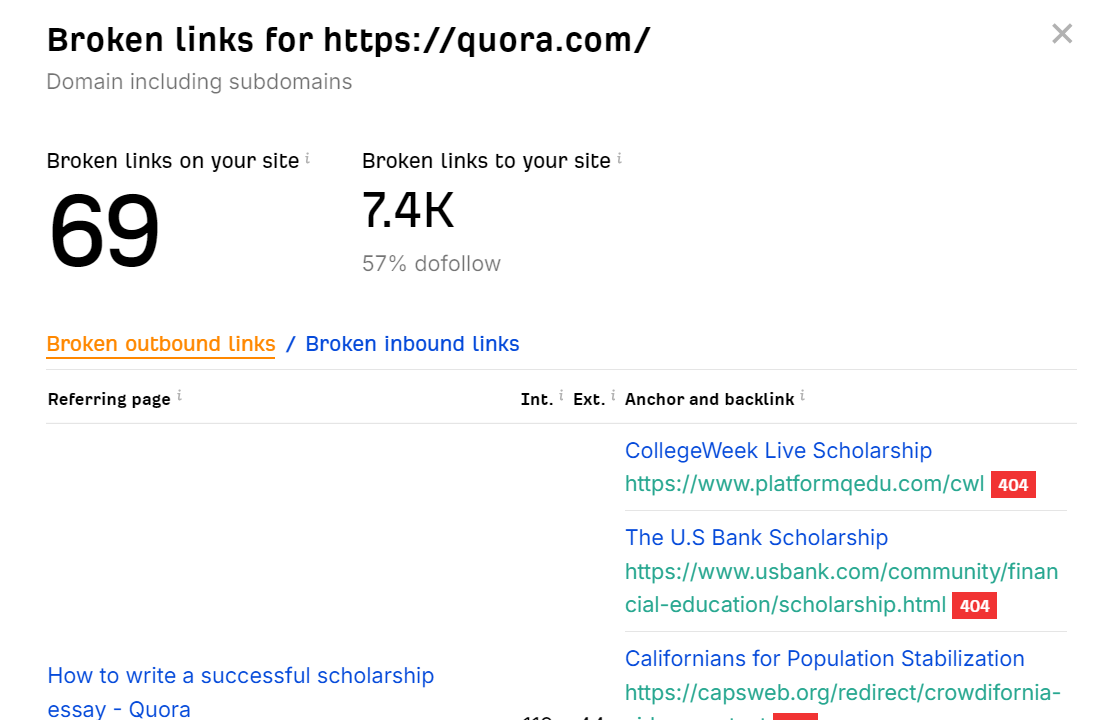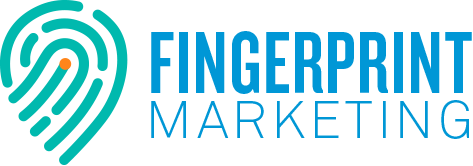Website Maintenance Plans & Packages

Is your website turning away potential customers? Research shows that 60% of online shoppers readily abandon a purchase due to poor shopping experience, leading online stores to lose up to 5 sales per customer annually. Poor website maintenance routines may dull your competitive edge, leading to dropping conversion, sales, and revenue.
What Is Website Maintenance?
Website maintenance is an ongoing process to improve your site’s safety, security, and performance to ensure it meets user expectations. It helps keep your site competitive by meeting Google’s ranking guidelines and customer expectations. Proper maintenance continually drives prospects to explore and purchase your offerings.
Why Is Website Maintenance Important?
Website maintenance is crucial because it impacts your site’s revenue generation. Proper site maintenance keeps your customers happy and engaged, which drives them to buy products.
- 45% of online shoppers won’t buy from a slow and clunky website
- B2B sites that load in 1 second sell 3x more than those that load in 5 seconds and 5X more than those that load in 10 seconds
Most sites that rank on the first page of Google load in under two seconds
What Is A Website Maintenance Plan?
A website maintenance plan is a comprehensive guide listing all the tasks necessary to optimize your site’s performance and keep it running seamlessly. It outlines a systematic approach to help manage the tasks by grouping them into different categories and timeframes. It’s tailored to meet your specific website and business needs. Creating a maintenance plan is a team effort involving security specialists, marketing staff, and website developers.
What Does A Web Maintenance Plan Include?
Site Backup
You should backup your files and database at least monthly to safeguard against data loss. A site backup helps restore your site quickly and conveniently following a technical hitch or a security breach.
Site Speed Check
Thanks to impatient shoppers, site loading speed can make or break your business. e-commerce sites with a 1-second load speed have 3x the conversion rate of sites that load in five seconds. Google’s PageSpeed Insights can help your site remain competitive.

Image from PageSpeed Insights
Security Updates
Lax website security is a recipe for disaster — research shows a cyberattack happens every 39 seconds. A breach can cost your business millions of dollars in losses and damages. A monthly security check can help stamp out security vulnerabilities and loopholes.
Clean Up Unused Plugins
Unused plugins pose a twofold threat — they bloat your website and increase vulnerability to a data breach. Chances are you’re less likely to update plugins you no longer actively use. Removing unused plugins monthly creates a cleaner and leaner CMS backend and improves web security.
Content Updates
Your website is only as profitable as its ability to attract web users and convert them into customers. Regular content updates help boost search engine rankings while skyrocketing conversions. Analytical tools such as Google Analytics 4 provide detailed metrics for your site’s performance. Checking your metrics helps make data-based content updates.
Fixing Broken Links
Broken links scream of neglect. Prospects may interpret them as tardiness, harming your reputation, skyrocketing your bounce rates, and creating a negative user experience. Auditing your site with a specialty tool such as Ahref’s Broken Link Checker can help you find and fix any broken links.

Image from Ahref
Ensuring Browser Compatibility
You must ensure your site provides the same browsing experience across all devices and browsers prospects use to access your website. Checking browser compatibility every quarter (and after every major update) can ensure flawless performance.
Performing Content Audit
As your website grows, so does the amount of content. The more content you have, the higher the chance of something going wrong. A quarterly content audit helps you identify broken images, links, and dated design elements that could lower the user experience.
Resizing Image Files
Large image files may compromise your site’s loading speeds, lower your Core Web Vital score, and hurt your rankings. A quarterly site audit can help you identify images larger than 1 MB so you can run them through a resizing tool.

Image from Tiny PNG
Updating Contact Forms
Contact forms are priceless assets for your email marketing campaign. Run a check every quarter to ensure they all function seamlessly. Check the form for every landing page across different devices to ensure proper display.
Improving Site Visuals
Sprucing old content with new visual assets, including graphs, images, or infographics, breathes new life into them. Every quarter, you should check your site for text-heavy pieces and use eye-catching, compressed visuals to break up text.
Updating Headers and Footers
The header and footers in your site house crucial information such as privacy policy, copyright info, terms of service, and other important links. Typically, you should update your headers and footer annually or after a major update.
Website Maintenance Plan Costs
Website maintenance plan costs are just as diverse as the maintenance tasks — they cover a broad price spectrum. The average website maintenance cost ranges from $25 to $500 monthly, depending on its size, complexity, business vertical, and product offerings. With website maintenance, you get what you pay for — providers often prorate their costs to the services offered. Hence, don’t make the hiring decision based solely on the price.
How To Find A Good Website Maintenance Provider
- Experience and expertise: Look for a proven track record comprising client testimonials and a portfolio.
- Range of services: The best plans cover the essential elements and can be tailored to suit your needs.
- Pricing and packaging: The best provider offers different pricing structures to suit different needs and budgets.
- Communication: The best services have clear communication channels and provide regular updates about the site’s progress and performance.
Need help auditing your website? Check out our website maintenance plans.
